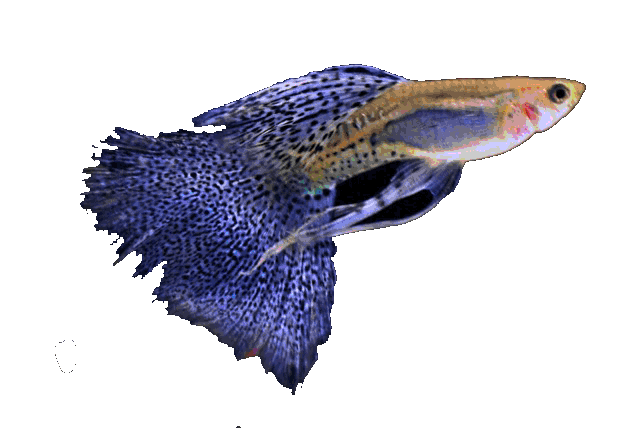
Xiphophorus gracilis / Heckel, 1848
Gambusia heckeli / Bleeker, 1860
Priapichthys Latvian / Hildebrand, 1925
Basic data:
Scientific name: Poeciliopsis gracilis (Heckel, 1848)
Interpretation of words: Poeciliopsis (poecilia = many colors, opsis = appearance), (gracilis = slim)
Group: Livebirds
Size: females 6 cm, males 4 cm
Biotope / habitat: Standing and slow-flowing waters, ditches and irrigation canals
Social behavior: Peaceful, fish flocks (10+)
Diet: Omnivore (worms, insects, insect larvae, crustaceans, flakes, algae, dry food, ...)
Cultivation: Easy
Aquarium: Minimum 50 liters
Population: 10 fish per 50 liters of water
Decoration: Plants, stones, roots
Temperature: 22-27 ° C
pH: 6.5-7.8
Hardness: from 10 ° dGh to 30 ° dGh
Lifespan: 3 years
Synonyms


Kingdom: Animalia / animals
Trunk: Chordata / string players
Class: Actinopterygii / arthropods
Order: Cyprinodontiformes / Toothpicks
Family: Poeciliidae / live-bearing toothed carp
Gender: Poeciliopsis
Type: Poeciliopsis gracilis (Heckel, 1848)
Poeciliopsis gracilis

Cultivation
Although not the most colorful fish, this species is very active and easy to maintain. Cultivation is extremely easy, tap water suits them perfectly, hard water with a neutral pH and a temperature of around 24 ° C
Fish love fresh water, so change the water regularly, not too much water, vegetation and moss should be enough.
Let’s cover the aquarium well because they like to jump out of the water. Fish are very active and males are constantly busy catching females around the aquarium. We coexist with other fish without any problems.
Food
They like to eat various flakes, micro-worms, fleas, artemia, ...
Reproduction
Typically for the family, we put a trio (male and two females) in a smaller aquarium.
Java moss is great for the base, we use a sponge filter and what will soon be the young here.
Parents generally do not eat pups and we can have them in a shared aquarium. The female has from 10 to 50 young that immediately eat small food, with artemia and other live food, the young will grow very quickly, the sexual maturity of the fish is reached at three months.
Males are much smaller than females and slimmer.
Fish are extremely fertile.
Trivia
These fish are found along the Atlantic coasts of Mexico, Guatemala, and Honduras, usually in calm aquatic environments such as ditches and irrigation canals.
Males have a very long gonopod that reaches almost to the tail, longer than all other species in the family. Characteristic of this species are the black spots on the hips that both sexes have. The species is characterized by "superfetation" (ability to develop several litters simultaneously)





